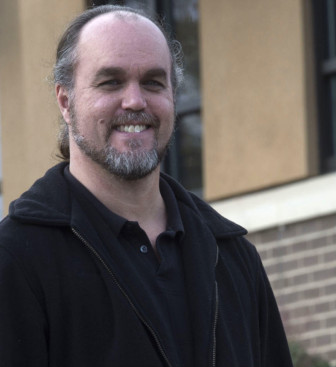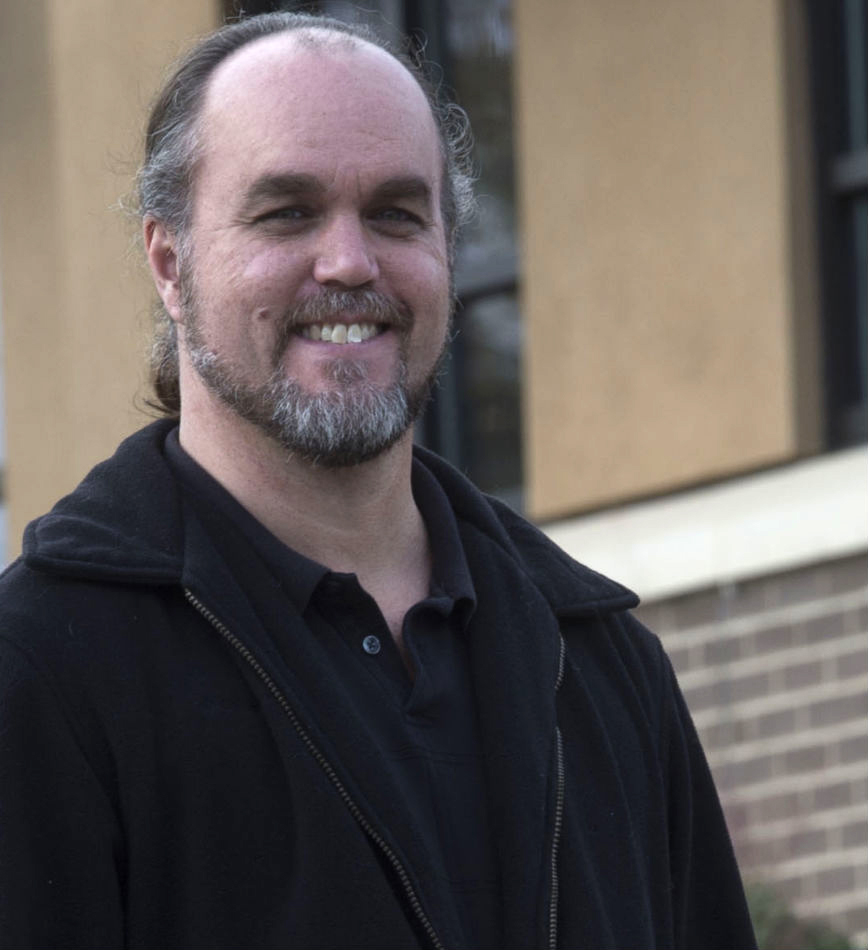 I was speaking with an educator lately about some of the problems the school will face in the coming year. It was a rambling conversation about not only the challenges students present but also the difficulty in implementing changes and getting buy-in from staff. My organization teaches communication and problem-solving skills, including how to deal with emotions in a productive way.
I was speaking with an educator lately about some of the problems the school will face in the coming year. It was a rambling conversation about not only the challenges students present but also the difficulty in implementing changes and getting buy-in from staff. My organization teaches communication and problem-solving skills, including how to deal with emotions in a productive way.
There are several facets to the puzzle of how to best help these kids. One is figuring out the best programming. What actually works? Another is how to put the programming in place within an incredibly busy school day that doesn’t offer a lot of wiggle room. Another is how the kids are selected for treatment. The last has an extra layer. Cultural and implicit bias have led to a disproportionate level of diagnosis of these emotional and behavioral problems among black and Latino children, especially boys.
One shining light in the effort to address all of these problems is a collaboration between the federal government, states and one of the nation’s largest private grantmakers. Details of the latest phase in the ongoing partnership between The Substance Abuse and Mental Health Services Administration (SAMHSA) and the MacArthur Foundation to address the needs of children with behavioral health disorders came out in a press release on June 20. The news comes following the success over the last two years of the program in eight states: Arkansas, Kentucky, Michigan, Minnesota, Mississippi, New York, South Carolina and Virginia
Four new states have been selected to participate: Georgia, Indiana, Massachusetts and Tennessee. The program is called Improving Diversion Policies and Programs for Justice Involved Youth with Behavioral Health Disorders: An Integrated Policy Academy-Action Network Initiative. The partnership is meant to help states “increase collaboration, continuity of care, and access to integrated, evidence-based, or promising-practice screening and treatment models.”
A very similar program is being implemented by the same partners to address the needs of Native American youth entangled with the juvenile justice system. It will support tribes with many of the same tools being given to states.
Some research in a variety of settings including community-based programs, detention centers and youth prisons has shown that as much as 70 percent of kids suffer from at least one mental disorder. More than 46 percent suffer from a substance abuse disorder. Kids involved with the justice system suffer at higher rates than their non-involved peers for depression, psychosis, and drug and alcohol abuse. They were more than ten times as likely to fit the criteria for psychosis. “Multiple … disorders are the norm for youth in the juvenile justice system.” Sixty percent of kids “met the criteria for three or more diagnoses.”
These kids face problems at every stage. They are more likely to be disciplined in school, to be suspended and to drop out. They are then more likely get caught up in the youth justice system which in turn increases their chances for ongoing criminal involvement.
For 2014 and 2015 the Policy Academy-Action Network initiative will give the four states “the opportunity to improve policy and practice” in diverting these kids towards treatment instead of sanctions. They will help states understand the problem and develop collaborative strategies and partnerships over multiple jurisdictions so that they can learn from one another. Using the Action Network framework the initial eight states identified two major concerns. First implementing behavioral health screening and next implementing evidence based pracitces of intervention.
The approach works from the top down, starting with policy-makers and major stakeholders then including adaptations on an increasingly local level. Although the implementations varied by state many commonalities emerged.
Policies were strengthened, various agencies were better coordinated, resources were used more efficiently and youth experienced increased positive outcomes. States tended to focus on school-based, probation-based or law enforcement based diversion depending on their particular situations. The efforts are outlined in a report released last December.
Other valuable offerings from this effort include guidebooks for implementing screening and evidence-based programs as well as webinars focused on trauma informed care of juveniles, the role of families in the process and how to reduce racial and ethnic disparity while diverting youth with behavioral health needs.
The full body of this expanding work will continue to influence juvenile justice policy and practices across the nation. I am particularly interested in seeing more awareness of implicit bias and its role in diagnosing behavioral disorders at a higher rate among African American and Latino youth. This happens in schools, with the unintended consequence of moving kids further down the school to prison pipeline. It is good to see change happening from the top and supported by both government and a big time grant maker.


























